I’ve talked a little bit about creating a style guide for your brand before, but today I’m going to go a little more in-depth into the how and why. Actually, the “how” is going to be pretty easy because I’ve created a free printable for you—just fill it in, print it out, and post it somewhere in your workspace. Yay!
In case you’re a little hazy on what a style guide is and what it’s used for, think of the style guide as a playbook for your brand. It outlines brand standards for your visual and written communication. So it covers your design elements—brand colors, fonts, logo, images—as well as your brand “voice” and writing style. I’ll get more into the specifics below.
For larger companies, style guides exist to keep everyone on the same page. Employees are required to follow the guidelines when they create new materials. This ensures that all of the company’s marketing efforts have a consistent look and feel (as opposed to employees going rogue and making their own design choices every time they create a new brochure – eek!). For instance, Target has one shade of red they use and it’s dictated in their style guide. How crazy would it be to see it in bright green or neon yellow? Definitely not on brand, that’s for sure!
While you may not have hundreds of employees (or even one), I still recommend copying this practice and creating a style guide of your own. If you’re not convinced you need one, keep reading.
WHY YOU NEED A STYLE GUIDE:
I’ve talked about this before: consistency is of the utmost importance when creating a brand. A style guide serves as a cheat sheet for you when you need create something like a new quote graphic to post on social media. You’ll know exactly what fonts to use, what colors, and what type of image.
This elevates your brand by helping you look like a pro instead of an amateur who creates things haphazardly. Trust me, you don’t want to look like you have multiple personalities by choosing different fonts and colors every time—it does not inspire confidence from potential customers.
Figure out your brand personality (or hire a designer to help) and document it in a style guide. Then stick to it!
Having a consistent style also gives you brand recognition. Someone can see one of your blog post graphics on Pinterest, for example, and immediately know that it’s yours. Take a look at these images below from Nesha Designs. You can tell that they are all from the same business.
A style guide also comes in handy when you are working with others. For example, if you hire a virtual assistant to format your blog posts and create your images (that’s the dream, right?), she can just reference this document for all the pertinent info. Same thing if you hire a designer to create some branding materials for you.
And finally, the most practical reason: it will save you from having to look the same things up over and over again. When you’re writing a blog post and you can’t remember if your heading should be in title case or sentence case, you can just glance at your style guide and be on your way.
WHAT TO INCLUDE WHEN CREATING YOUR STYLE GUIDE:
Because you’re most likely a one-person operation, I’m just including the basics here, broken down by category
Design
This section covers the visual elements of your brand.
- Logo (size and when to use which, if you have more than one)
- Brand colors (including their hex codes)
- Brand fonts and what they’re used for (heading 1, heading 2, pull quotes, body text, etc.)
- What types of images you use (only black & white photography, for example)
- Image dimensions for your website, social media, etc.
Content
Documenting your brand writing style is another way to make sure you’re presenting your brand consistently. If you’ve never seen a content style guide, Mailchimp has a great example available – check it out! Of course, you don’t have to go into that much detail, but it gives you an idea of the types of things you can include.
The Basics:
- How would you describe your brand voice? (Mailchimp’s: “MailChimp’s voice is human. It’s familiar, friendly, and straightforward. Our priority is explaining our products and helping our users get their work done so they can get on with their lives. We want to educate people without patronizing or confusing them.”)
- Do you write in first person or third?
- Do you use the serial (Oxford) comma?
Are your blog post titles in title case, all caps, or sentence case? What about headings 1, 2, and 3? Pro tip: Want to use title case but not sure which words to capitalize? Use this conversion tool!
Bonus Points!
If you want extra credit, here are some other things you may want to include:
- 3-5 words that describe your brand
- A mood board for your brand
- A mission statement, if you have one
- Target market/ideal client (and things they like/enjoy/do, etc.)
- Goals for your website (i.e., get hired, get sign ups for newsletter, traffic to specific page, follows on social media pages, etc.)
Don’t forget to download your free style guide printable below. If you find it useful, please share this post with others! And remember, I’m here for you if you need help with branding.
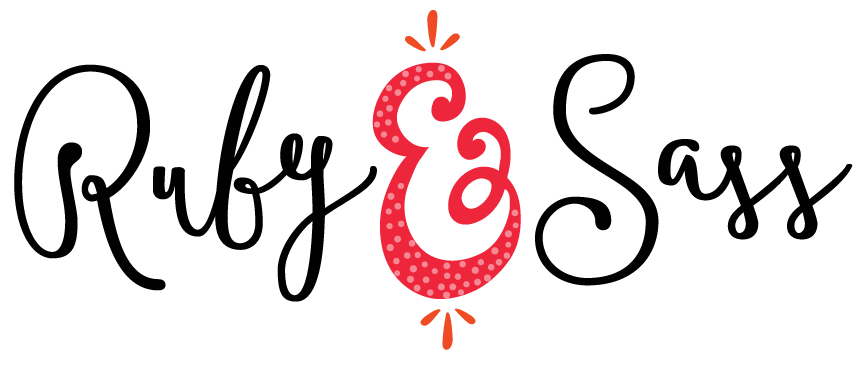
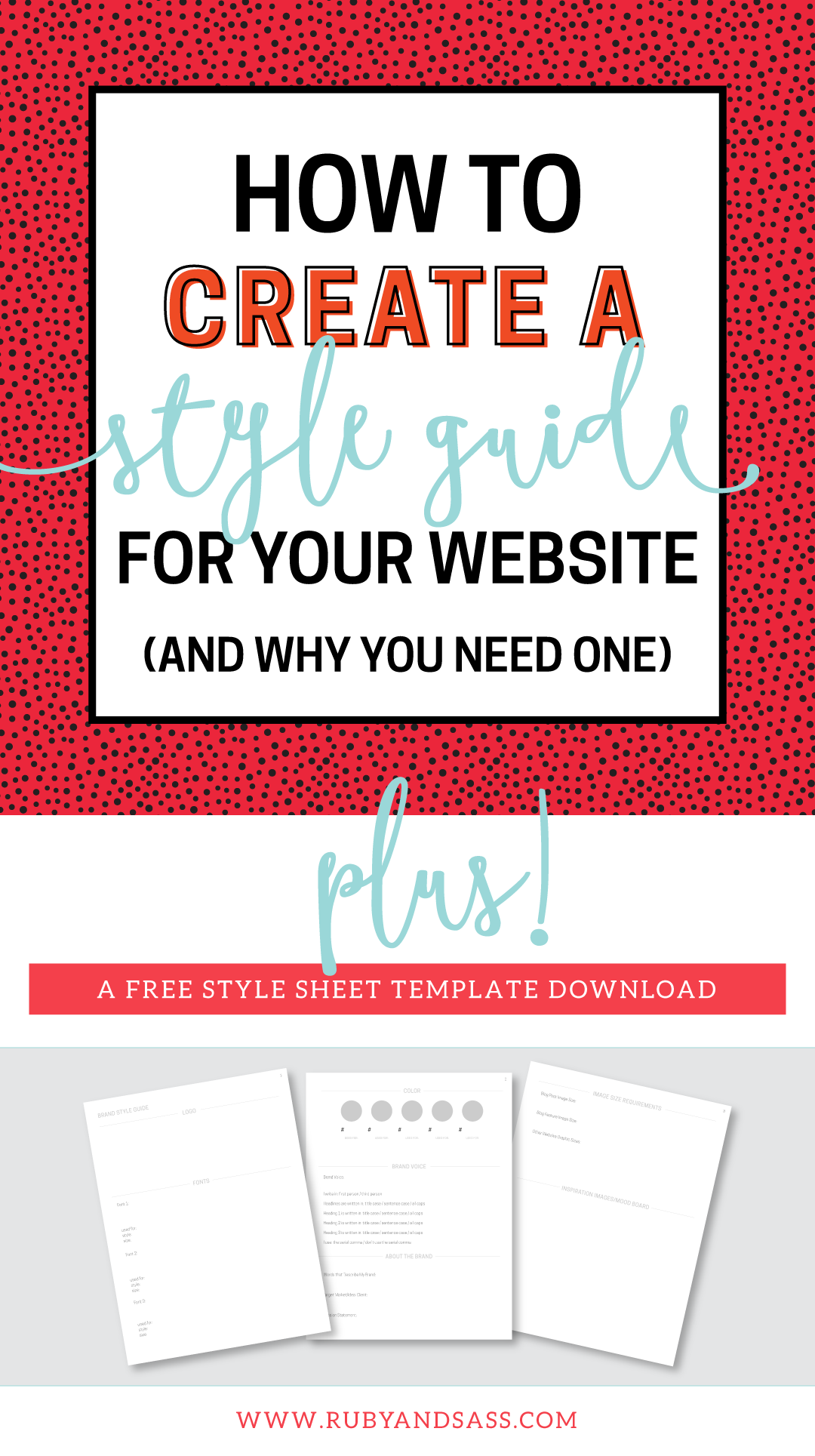
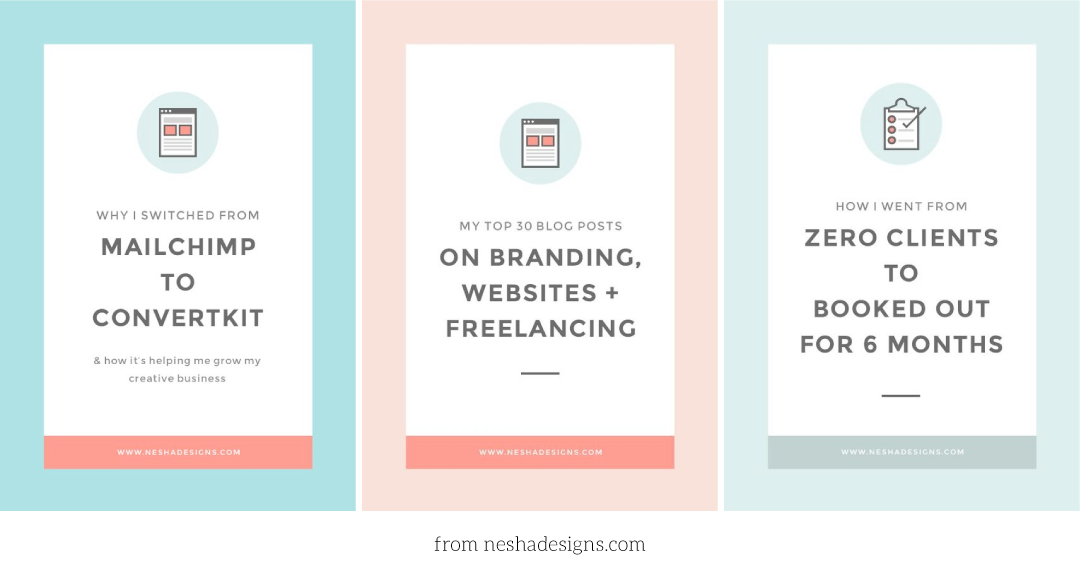
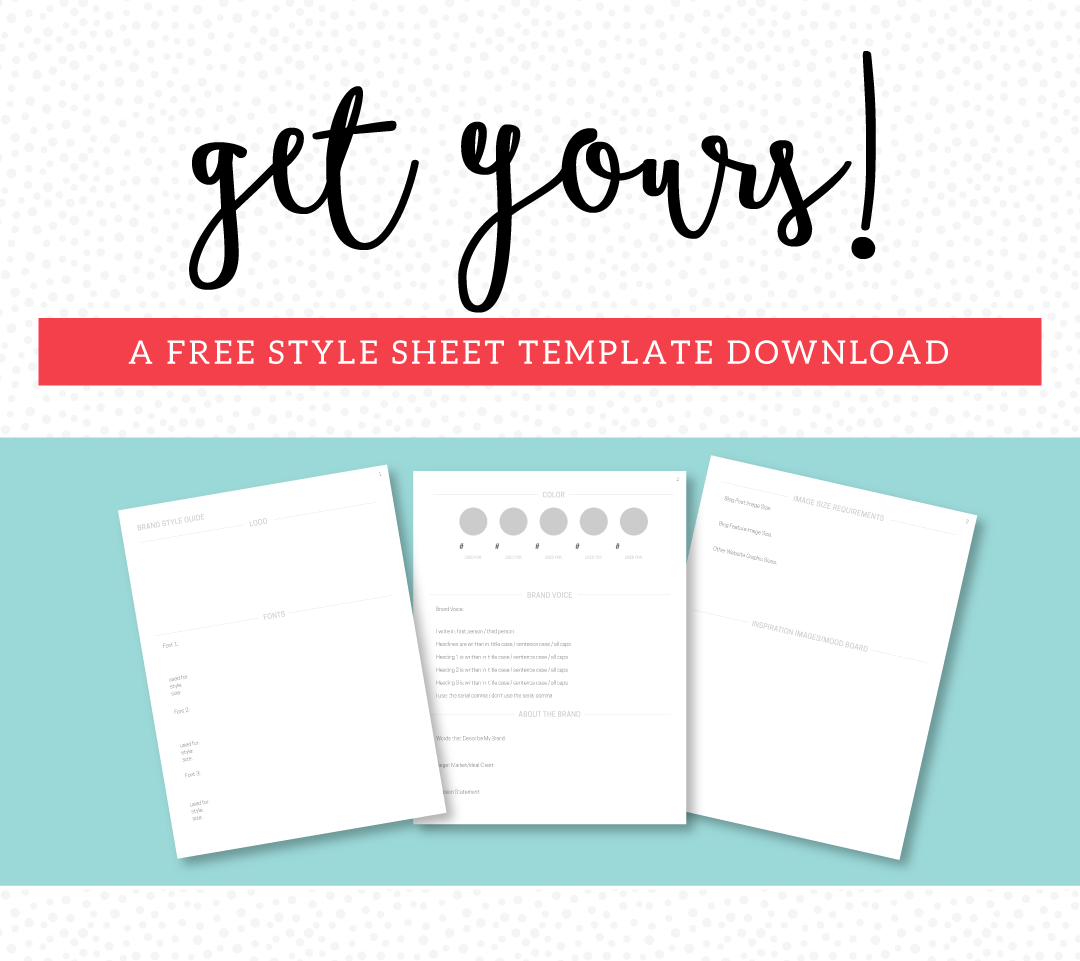
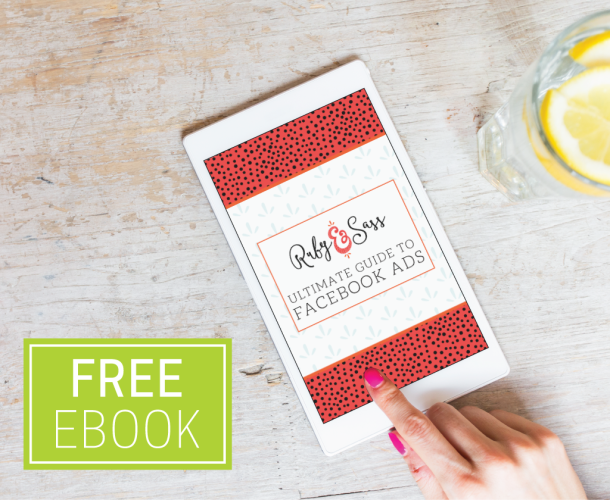
Thank you for the informative and helpful article and freebies.
You’re welcome! I’m so glad it was helpful for you! :)